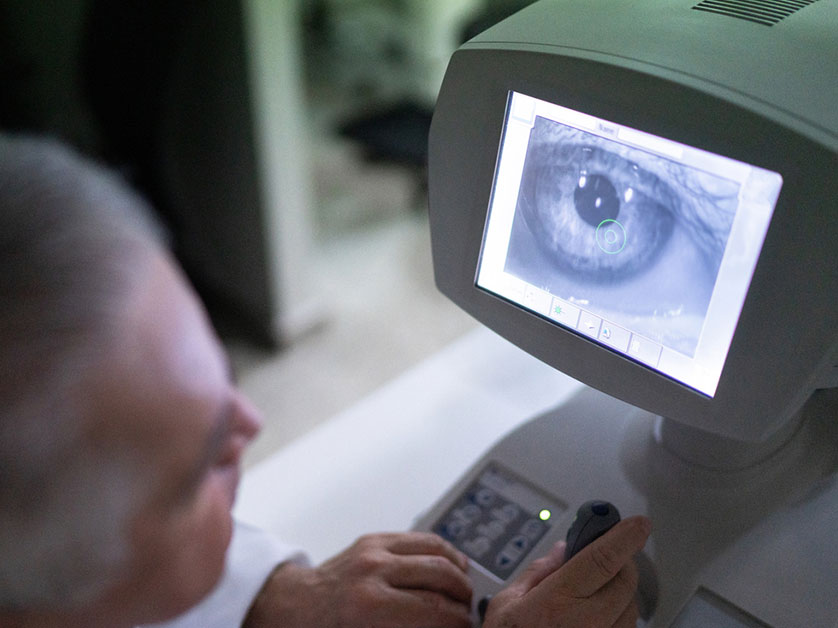The risk of developing eye conditions such as cataracts increases as we age. But did you know that not all cataracts are the same? Cataracts come in various types, each with its own unique set of symptoms and progression patterns. As cataracts are one of the leading causes of vision loss, it’s crucial to be well-informed about it. This blog post aims to raise awareness of the diverse types of cataracts so you can seek diagnosis and proper treatment as early as possible.
What Are Cataracts?
The term “cataracts” refers to a clouding of the lens in the eye that affects vision. Often related to aging, cataracts can cause symptoms such as blurry or double vision, sensitivity to light, difficulty seeing at night, and seeing “halos” around lights. Regular eye exams conducted by an optometrist can help detect cataracts early.
Types of Cataracts
Different types of cataracts can affect your eyes, each with unique characteristics.
Nuclear Sclerotic Cataracts
These are the most common age-related cataracts, typically developing slowly and causing a gradual loss of vision. An early symptom can be increased nearsightedness or even a temporary improvement in your reading vision.
Cortical Cataracts
Cortical cataracts are known for their wedge-like, spoke-like appearance. They first become apparent on the periphery of the lens and then extend to the central area. They can cause problems with glare, contrast and depth perception.
Posterior Subcapsular Cataracts
This type forms in the back of the lens and can progress rapidly, leading to significant vision loss. Symptoms can include difficulty reading and seeing in low-light scenarios.
Congenital Cataracts
Sometimes, babies are born with cataracts or develop them in childhood. Such cases, though rare, often have a genetic link or are associated with systemic conditions.
Diagnosing Cataracts
Diagnosing cataracts involves a comprehensive eye exam. This usually includes a visual acuity test to measure how well you see at various distances and a dilated eye exam to examine the lens for signs of cataracts.
Another crucial diagnostic tool is the slit-lamp examination. This test uses a high-intensity light source to illuminate the cornea, lens and anterior chamber of the eye to detect abnormalities. If a cataract is suspected, an optometrist may also use a tonometry test to measure the pressure inside your eye. The optometrist may conduct additional diagnostic tests to rule out other eye conditions and confirm a cataract diagnosis.
Treatment Options for Cataracts
Surgery is the primary treatment for cataracts, which involves replacing the cloudy lens with an artificial one. Phacoemulsification is a modern cataract surgery technique where the eye’s internal lens is emulsified with an ultrasonic handpiece and aspirated from the eye. As with any surgical procedure, always discuss potential risks and complications with your eye care professional before proceeding.
Get Your Eyes Checked Today!
Regular check-ups can detect cataracts early and contribute to successful treatment outcomes. For all your eye care needs in Mooresville, NC, trust the experts at Spectrum Eye Care. We also offer LASIK eye surgery. Call us at (704) 817-4600 or visit our contact page to schedule an appointment.

